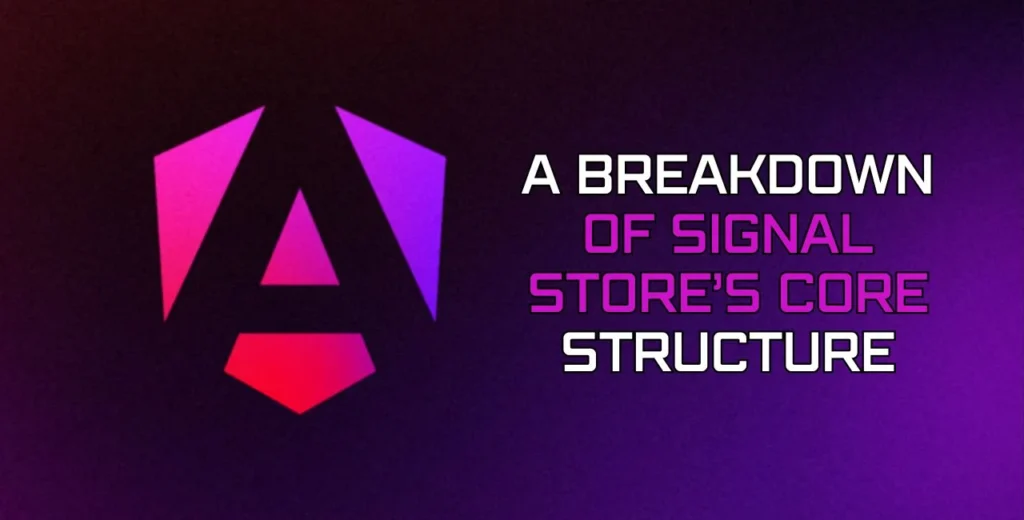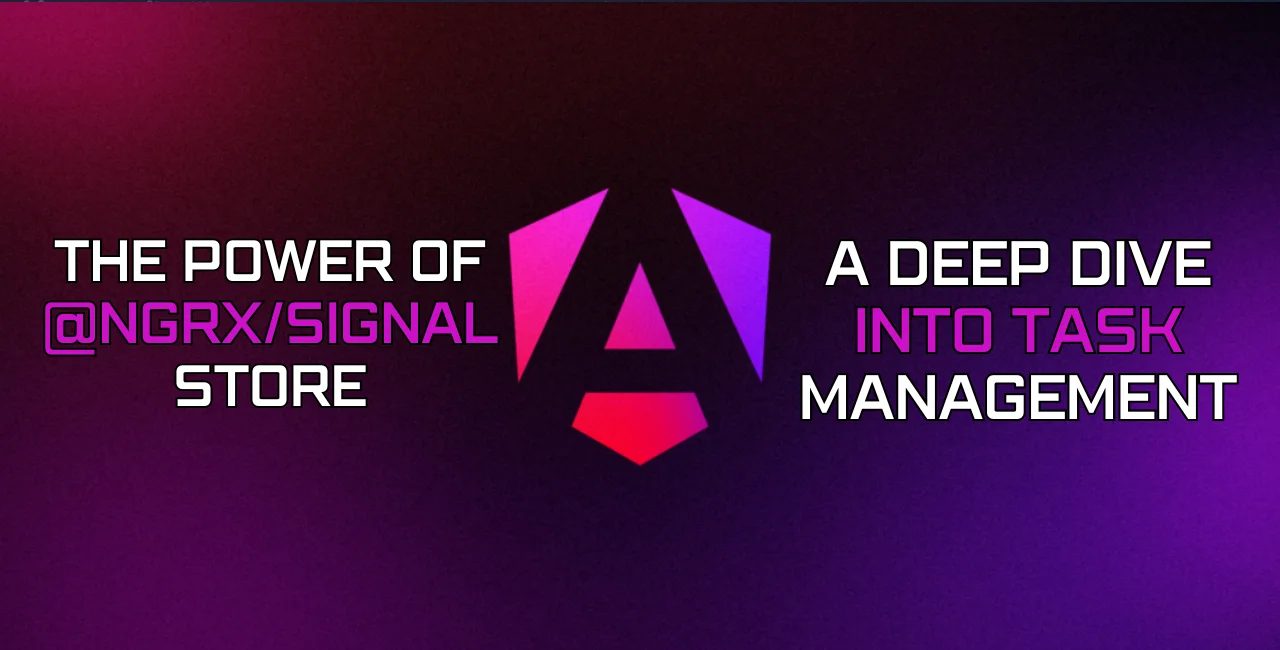The Power of @ngrx/signalstore is Before diving into signals, state control on third party libraries. Signals opened a new bankruptcy. A Signal includes a fee (or state) and may stay outside an element. Components and services can depend on that state. The Signal notifies them of changes.
The clients react through an impact or computation. The first one is for aspect consequences, and the second is for derived values.
Undeniably, Signals contain many capabilities we see in state control libraries. Integrating Ngrx with Angular gives a dependable way to address the state of your apps. You can create Angular apps that might be scalable and maintained by means of information and by using movements, reducers, and selectors.
Overview of the NgRx Signal Store
The new NgRx Signal Store is an all-in-one functional state control solution for Angular Signals. As you may see in the following diagram, the API for the Signals Store is easy. You can create a store by using the signalStore characteristic. You can take care of easy portions of the country by using the signalState. You can expand the centre functionality with custom features using the signalStoreFeature. You can integrate RxJS using the rxMethod, and you may manage entities that use the Entities feature. That’s it. If you need additional capability, it is exquisitely easy to increase it with custom features.
Also Read:- Rajkotupdates.News: US Inflation Jumped 7.5 in in 40 Years | Rajkotupdates.News: Watchgpt-App-Apple-Watch-Users
Signal Store in a Nutshell
The Signal Store consists of elements. The signalState is for starters. It is a Signal that exposes its homes as nested Signals (aka slices). Its second feature is patching: We don’t need to enter the value inside the update method or offer the overall cost with the set technique. The most important element is the feature signalStore. It has the same features as the signalState however is way more effective.
Demo App
We will follow the Signal Store to a demo app referred to as Conference Organizer. It shows a listing of talks for a convention. The listing aspect supports optionally available polling. It regularly examines adjustments in the database and updates the state. The listing also shows that the timestamp of the ultimate request and the ultimate real facts change. The applicable elements are the component and the service that communicates with the backend.
TalkService
TalkService packs talks, meta, and isPolling records into the Signal #talkData and exposes it as an examine-most effective Signal. The loading technique subscribes to an HTTP response and updates the talks.
DataSource is a computed signal that relies on talks. It computes the view model for TalkComponent. The additional talks Signal is vital because dataSource ought to be the simplest update when talks trade. It needs to pass adjustments in meta or isPolling. TogglePolling begins the synchronisation. It runs every 1/2 a minute.
TalksComponent
Talkscomponent get data from Talkservice and generate two signals. The sub-component <app-update-info>requires meta. This is due to the fact we simplest want to update that aspect of meta modifications.
We also no longer need to replace the Material desk just because polling starts off evolved or ends. That’s why isPolling is a Signal on its own.
How the NgRx Signals Store works
Conceptually, the signalStore function is much like the RxJS pipe feature. The pipe feature takes pipeable operators as arguments. It first plays the good judgment of the first pipeable operator and then makes use of that price to execute the good judgment of the next pipeable operator, and so on. In this way, we outline the behaviour of a stream.
Similarly, the signalStore characteristic takes store characteristic capabilities (which includes withState, withComputed, withHooks, and so on.) as enter arguments. It will first carry out the common sense of the primary save characteristic feature, after which it makes use of that cost to execute the logic of the following function characteristic, etc. In this way, we outline the intended behaviour of the signals store.
A Breakdown of Signal Store’s Core Structure

Signal Store revolves around four fundamental additives that shape the backbone of its country management capabilities:
State
At the heart of Signal Store lies the concept of alerts, which represent the utility’s state in real time. Signals are observable values that automatically replace the underlying state modifications.
Methods
Signal Store gives methods that act upon the state, enabling you to manipulate and update it directly. These techniques provide a convenient way to interact with the state and carry out actions without relying on observable streams or external state managers.
Selectors
Selectors are functions that derive calculated values from the state. They offer a concise and maintainable technique to having access to unique parts of the state without delay exposing it to additives. Selectors help encapsulate complex state common sense and enhance the maintainability of programs.
Hooks
Hooks are capabilities that are precipitated at important lifecycle occasions, together with thin initialization and destruction. They let you perform actions based on these events, permitting information loading, state updates, and different applicable tasks throughout factor transitions.
Also Read:- Build A Philosophy Quote Generator | Geekzilla Autos | Frances Tiafoe Wife Cancer
Now it Really Starts: Typing
The CallStateimplementation within the ultimate phase briefly summarize the solution to a routine requirement. Once carried out, individual programs can combine the function into their stores.
A drawback of this implementation is that the indicators brought have fixed names: callState, loading, loaded, and error. This quickly leads to naming conflicts, specifically if the same save calls for the feature extra than as soon as possible. An example of this is a store that desires to manipulate several callStatesfor for one-of-a-kind entities, e.g. for flights and passengers.
In this example, the purchaser ought to be capable of specifying the names of the alerts introduced. That’s exactly what we will cope with below. To make this extension kind-safe, we first should suppose a little about the typing of the withCallStatefunction.
The withCallStatefunction does not currently have an express go-back type. Therefore, TypeScript infers this kind by looking at the go-back price inside the function. The compiler realizes that a callStateproperty is available.
Conclusion: The Power of @ngrx/signalstore
If you already use NgRx in a venture, I would recommend beginning to work with the NgRx Signal Store for introducing new stores. You can effortlessly combine the NgRx Store and the NgRx Signal Store (instance). For a new task, I would strongly endorse beginning to work without delay with the NgRx Signal Store for state management. This is due to the fact it could reduce boilerplate and, of direction, has full support for operating with Angular Signals in a based way.
